Bai Dinh Pagoda
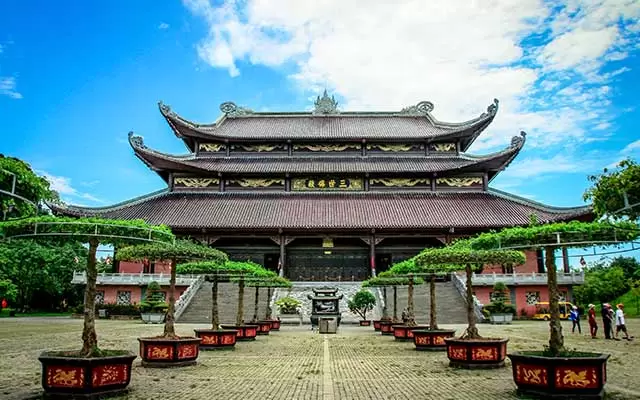
bai dinh pagoda in ninh binh
Bai Dinh Pagoda is a famous spiritual scenic complex in the Bai Dinh – Trang An ecotourism spot with a history of more than 1000 years associated with the land of many feudal dynasties from the Dinh, the Early Le to the Ly. Nestled at the western of the ancient capital Hoa Lu, belonging to Gia Sinh Commune, Ninh Binh Province, about 95 kilometers from Hanoi, the complex covers a total area of 539 hectares, with both the ancient Bai Dinh Pagoda and the new Bai Dinh Pagoda. Considered as the largest complex of Buddhist pagodas in Vietnam as well as owner to many other records of country, South East Asia and Asia, this is definitely an indispensable destination in your handbook where to go.
Let’s explore the experience to Bai Dinh Pagoda complex with Vietnam Travel team to understand why this site attracts Buddhist pilgrimages from across Vietnam.
Table of Contents
History of Bai Dinh Pagoda.
Under three king dynasties: the Dinh, the Early Le and the Ly in Hoa Lu capital (Ninh Binh), Buddhism was prevalent and considered as the national religion. Therefore, many pagodas were built in the region during these dynasties, including ancient Bai Dinh Pagoda on the western slope of Dinh Mountain. It is very interesting that although the pagoda has a history dating back to the Dinh Dynasty, there are many architectural details and antiquities bearing bold imprint of the Ly period.
The name of Bai Dinh Pagoda has the meaning of heading to Dinh Mountain, where the majestic events in Vietnamese history took place such as King Dinh Tien Hoang De set up the altar to pray for good weather; or later, King Quang Trung chose as a flag ceremony to encourage soldiers before going to Thang Long to destroy the Qing army. In the 16th century, Dinh Mountain was the disputed area between the two feudal groups Le – Trinh and the Mac dynasty, when the Mac government only controlled the territory from Ninh Binh backwards. During the resistance war, Bai Dinh was also a revolutionary relic of the Quynh Luu war zone, where the leaders of the Communist Party of Vietnam propagated the revolution to the people.
As a complex of pagodas, today’s Bai Dinh Pagoda includes the ancient pagoda and new pagoda built in 2003.
The ancient Bai Dinh Pagoda is now located about 800m south of Tam The Hall of the new pagoda. Up to 300-step stairway access, this quiet shrine houses a main prayer hall and natural caves, where locals pray to Buddha and mountain spirits such as Genie Cao Son and Saint Nguyen. In 1997, the ancient pagoda was recognized as a national historical – cultural – revolutionary relic.
Together with the ancient pagoda, the new architecture is majestic, massive but still deeply traditional, and was honored by media as the largest complex in South East Asia. This new place soon became a famous destination attracting many visitors, even under construction.
Architecture of Bai Dinh Pagoda Complex.
This sacred complex will impress any visitors from the first sight with its majestic, magnificent architecture and unique scenery.
Your visit will start from the new Bai Dinh Pagoda which encompasses an area of 80 hectares, located on Ba Rau hills, near the Hoang Long River. This is a large complex which includes many structures built in several phases starting in 2003 and finally completed in 2010, by 500 artisans from many traditional villages nationwide.
The pagoda mainly uses locally available materials such as Ninh Binh green stone, quartet wood, dark brown Bat Trang glazed tiles … The details of the pagoda architectural decorations also bear the imprint of Vietnamese famous craft villages such as Y Yen casting bronze, Ninh Van carving stone, Phu Loc carpentry, Ninh Hai embroidery …
Starting from Reception Area where you get the brief information and take electric car (with fee) to access the main parts through External Triple Gate, Internal Triple Gate to go inside.
From here, you will admire the most important structures of the new pagoda, including:
Bell Tower: is 22m high and 17m wide with the appearance of a lotus plant. The tower is made of reinforced concrete and is of ancient bell tower architecture in an octagonal shape with a three layer curved roof, covered with glazed dark brown tiles produced in Bat Trang pottery village.
Inside the Bell Tower is a 36-ton bronze bell, casted by craft villagers in Hue. This bell holds the record as the largest Great Bell in Vietnam.
Under the bronze bell is a bronze drum in the design of Dong Son Bronze. The drum weighs 13 tons, more than 6m wide and almost 7m high.
Corridor with Arhat Statues: This construction is in wood, with a “Gia chieng – Chong ruong” truss style, including two sides, each of which is 3.40m long containing 250 compartments in size of 4.5m x 4.5m. Along the right and left corridors are 500 Arhat Statues made from stone blocks by villagers in Ninh Van stone craft village (Hoa Lu). Each statue, from 2-2.5m high and 2-2.5 tons in weight, has a unique facial expression and posture that is not expressed by any other, presenting Taoist philosophy with pleasure, anger, love and hate in the people daily life.
The corridor with Arhat Statues is recognized as the longest corridor of its type in Asia.
Bodhisattva Avalokitesvara Hall: This is a seven compartment structure made of ironwood, 14.8m high, 40.4m long and 16.8m wide. In the middle compartment of the temple is an 80-ton gold-coated bronze statue of Bodhisattva Avalokitesvara with many eyes and hands. The statue is recognized as the largest bronze Bodhisattva Avalokitesvara statue in Vietnam.
Releasing Lake: is 63m wide, 77m long with lotus planted in the lake which is the symbol of the Buddha and Nirvana. The lake is Yin and the pagoda is Yang, creating Yin-Yang balance of a beautiful “water front, leaning against the mountain” landscape.
Phap Chu Hall: includes 5 compartments. The middle compartment is a bronze Buddha statue of 10m high and 100 tons in weight, which is recognized with the record “The largest bronze Buddha statue in Vietnam”. There are also 3 panels and 3 largest hammocks in Vietnam inside this hall.
Tam The Hall: is located on a hill 76m high above the sea level, 59.1m long, and 40m wide. In the hall, there are 3 bronze statues of Tam The Buddha (past, present and future), 7.2m high, 50-ton weigh, and is recognized as the largest bronze Tam The statues in Vietnam.
Bao Thap Tower: is a 100m tall building, with 13 floors, 72 steps of stairs, holding sacred Buddha relics from India and Burma. The tower ceiling is designed in the mystical Indian style. The surrounding walls inside the tower are sculpted images related to Buddhism. Thousands of small statues are decorated around. You can reach the top for the panoramic view of the pagoda and area by climbing 72 steps of stairs on your own or lifting by elevator with an extra fee.
Maitreya Statue: located on the highest hill of the pagoda complex, which is about 100m high above the sea level. The statue is bronze, 10m high, and weighs 80 tons, demonstrating the Maitreya in the appearance of a mumping monk, and is recognized as the largest outdoor bronze Maitreya Statue in South East Asia.
In addition, there are some more important sites in the new pagoda for your look, such as Stone House consisting of 55 compartments, each of them comprises on stone with 2.9m high, 1.45m wide and 0.40m thick placed on a stone turtle with 2.95m long, 1.70m wide and 0.97m thick; or Bodhi Tree Garden which is recognized with the largest number of Bodhi trees in Vietnam (100 bodhi trees extracted from Indian).
For any group or individual who are interested in overnight at the pagoda for deeper experience or holding a conference, the new pagoda has enough facilities to serve, such as International Conference Centre (up to 3500 seats with modern audiovisual equipment) where successfully held Vesak 2014; or Bai Dinh Hotel inside the pagoda with many services: accommodation, conference, great vegetarian food and local food at Bon Mua restaurant.
Opposite to the massive and beautiful look as a fairytale of new structure, the ancient pagoda is much humble snuggling near the top of a fairly quiet mountainous area. It encompasses an area of 27 hectares and about 800m south of Tam The Hall of the new pagoda.
At first, your eyes will catch Ngoc Well (Pearl Well) lying near the foot of Dinh mountain. About 1000 years ago, the Buddhist monk – Nguyen Minh Khong used to take water from the well to prepare herbal medicines to cure the local people and the Crown Prince Duong Hoan. The site of the well is 6000m2 area, 6m deep and 30m wide. Remarkably, the water lever of the well has never run dry once since it was built. This well is recognized in Vietnam Book of Records as the largest Ngoc Well in Vietnam.
Up 300-step stairway to the mountain you will reach the ancient Bai Dinh Pagoda. The overall architecture of the ancient pagoda is in the form of “ Tien Nhat – Hau Cong”, which shows the front part in design of “Nhat” script while the back part was designed in “Cong” script. This form firmly creates traditional harmonious architectural design with many ancient architectural arrays carved vividly, with fresh flowers, strong dragons and unicorns.
This pagoda includes the Light Cave worshiping Buddha, the Cao Son temple worshiping Genie Cao Son who was the god of the mountains Vu Lam holding the gateway to the western Hoa Lu ancient capital, the temple of Saint Nguyen (Nguyen Minh Khong) who was a Zen Master, a talented magician and considered as the Saint by the people; the Dark Cave worshiping mother and fairies. All the Buddhist, Mother and Fairies worshiping boards are placed in the heart of the dim caves, increasing the sacred and mysterious atmosphere here. The ceiling of the caves has become the solid roof of the ancient pagoda, protecting this place for many centuries. According to Vietnamese folk concepts, this land is the birth place of Kings, Saints and Gods.
Best time to Visit Bai Dinh Pagoda Complex.
From January to March of lunar calendar, with the warm spring weather, this is the best time to visit the complex. You can combine sightseeing tours, pagodas praying ceremony or participate in major festivals in the region. However, this is also the peak festival tourist season, so there will be in very crowded conditions. Otherwise, you can also visit Bai Dinh pagoda at other times of the year to avoid the hustle and bustle scenes.
Bai Dinh Pagoda Festival
Bai Dinh Pagoda Festival is a spring festival that takes place from the afternoon of the first day of Tet holiday, opening on the 6th day and lasting until the end of March. This starts the pilgrimage festival to the ancient capital of Hoa Lu, Ninh Binh Province.
The festival consists of 2 parts: the ceremony and festival. The ceremony includes rituals of burning incense to worship Buddha, commemorating the merit of Saint Nguyen, worshiping Genie Cao Son Thuong Ngan God Mother and carrying the procession of worshiping Genie Cao Son, Saint Nguyen and Thuong Ngan God Mother from the ancient pagoda to the new pagoda to conduct the festival. The festival part includes folk games, cave sightseeing, pagoda sightseeing, enjoying Cheo, Xam Dat singing. Ninh Binh Cheo Theater also performed the reenactment ceremony of King Dinh Tien Hoang and the chess ceremony of King Quang Trung on Dinh Mountain before the battle.
With the advantage of a large pagoda complex, this is a big festival, attracting many visitors to participate. Due to the relics associated with the kings Dinh Tien Hoang, Quang Trung, Le Thanh Tong and the worshipping of Saint Nguyen, Genie Cao Son, Thuong Ngan God Mother, Bai Dinh Pagoda Festival features both natural worship and expressing Buddhist beliefs, Motherism and even Confucius.
Bai Dinh Pagoda’s Asian and regional records.
1. The largest gold-coated bronze Buddha statue in Asia (in Phap Chu Hall).
2. The largest bronze Tam The Statue in Vietnam (in Tam The Hall).
3. The largest bronze Bohhisattva Statue in Vietnam (in Bodhisattva Avalokitesvara Temple).
4. The largest outdoor Maitreya Statue in South East Asia.
5. The largest Great Bell in Vietnam (in Bell Tower).
6. The largest pagoda complex in South East Asia (539 hectares).
7. The longest corridor with Arhat Statues in Asia (more than 3km long).
8. The largest number of Arhat Statues in Vietnam (500 Arhat Statues).
9. The largest Ngoc Well (Pearl Well) in Vietnam.
10. The largest number of Bodhi trees in Vietnam (100 Bodhi trees extracted from Indian, planted on the occasion of Vesak 2008).
Quick Tips.
– As a spiritual tourist destination, choose discreet and polite clothes.
– Prepare sneakers instead of high heels to protect your feet as well as make it easier to move because the terrain is hilly and steep.
– Take sun scream or umbrellas for sunny days and rain gear for rainy days.
– Do not rub your hands on the statues.
– Absolutely forbid to draw or paint on statues, even the walls, and remember to put donation money in the boxes to avoid losing the beauty of the pagoda.
– Visiting Bai Dinh Pagoda at night is also an interesting experience to enjoy the quiet atmosphere as well as admire the shimmering lights of the pagoda. (Electric car only operates until 8.00pm)
– Opening hours: Everyday, 6.00am – 10.00pm
– Service fees:
+ parking fee: 40,000VND/car or 15,000VND/motorbike
+ electric car: 30,000VND/person/way or 60,000VND/person/round trip
+ guide service: 300,000VND for new pagoda or 500,000VND for both ancient and new pagoda.
+ visit Bao Thap Tower: 50,000VND/person
+ toilet fee: 2,000VND/person/time
How To Get There?
Bai Dinh Pagoda Complex is located about 12km from Hoa Lu ancient capital, 25km from Ninh Binh City or 95km from Hanoi.
Within the centre of Ninh Binh, you can easily take motorbike, scooter, taxi or even bicycles to reach the site.
From Hanoi City:
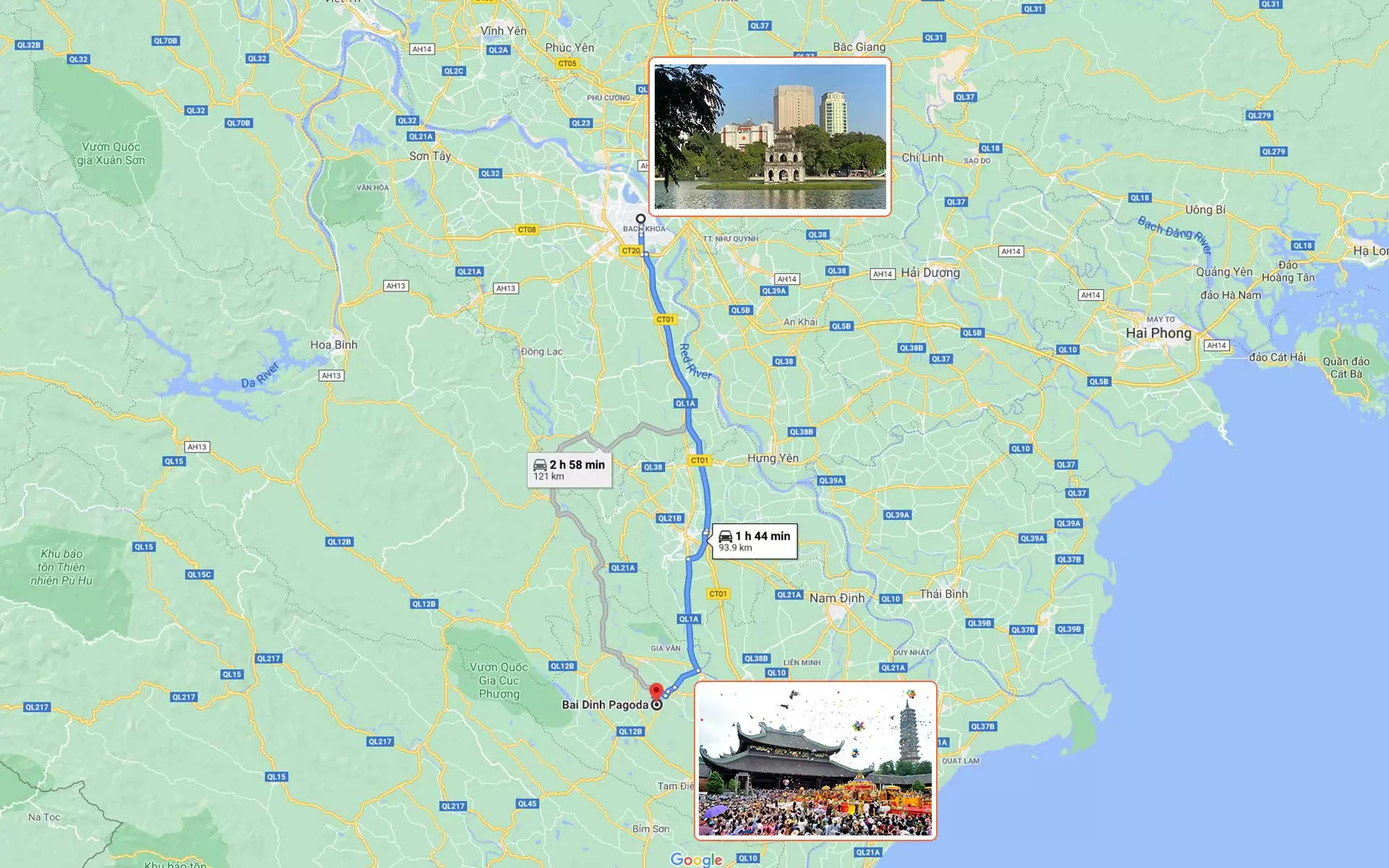
It will take around 2 hours of drive by taxi or private car/van to Bai Dinh Pagoda Complex. The time can be more than 2 hours by motorbike.
There are also buses from Hanoi to Ninh Binh with some trusted suppliers such as Huu Binh Limousine, X.E Vietnam Limousine, Daily Limousine, Trang An Limousine… with the price range from 125,000VND – 400,000VND/ticket depending on each suppliers with several time schedule per day.
By train Hanoi – Ninh Binh (~ US$ 10/ticket for soft seat):
Station in Hanoi: 120 Le Duan Street, Hoan Kiem District, Hanoi City
Station in Ninh Binh: 1 Hoang Hoa Tham Street, Thanh Binh District, Ninh Binh City.
| SE7 | SE5 | SE9 | SE3 | SE19 | |
|---|---|---|---|---|---|
| Departure | 6:00 | 8:50 | 14:25 | 19:25 | 20:00 |
| Arrival | 8:14 | 11:04 | 16:05 | 21:39 | 22:09 |
* Train schedule is subject to change according to the weather condition or operation safety.
Then you continue to go Bai Dinh Pagoda by taxi or motorbike (~ 30 minutes more); or stay overnight at hotel if catching late train and visit the pagoda in the next day.
Without a doubt, Bai Dinh Pagoda complex is a masterpiece and it’s the pride of the Vietnamese people with regards to special architecture, culture and historical values.
More than religious beliefs, Ninh Binh City also welcomes other kind of interests from natural sightseeing to adventurous activities such as hiking, biking, kayaking…
You can spend one full day or more (2,3 days…) to have enough time for combined visit with other attractions of the city such as Bai Dinh Pagoda – Trang An complex; Tam Coc – Bich Dong; Mua Cave; Van Long Nature Reserve Center; Thung Nham Bird Sanctuary; Tuyet Tinh Coc; Cuc Phuong National Park; Phat Diem Stone Cathedral…
Contact us to have our prompt assistance and proper services to meet your interests at best!
 Italiano
Italiano
 English
English

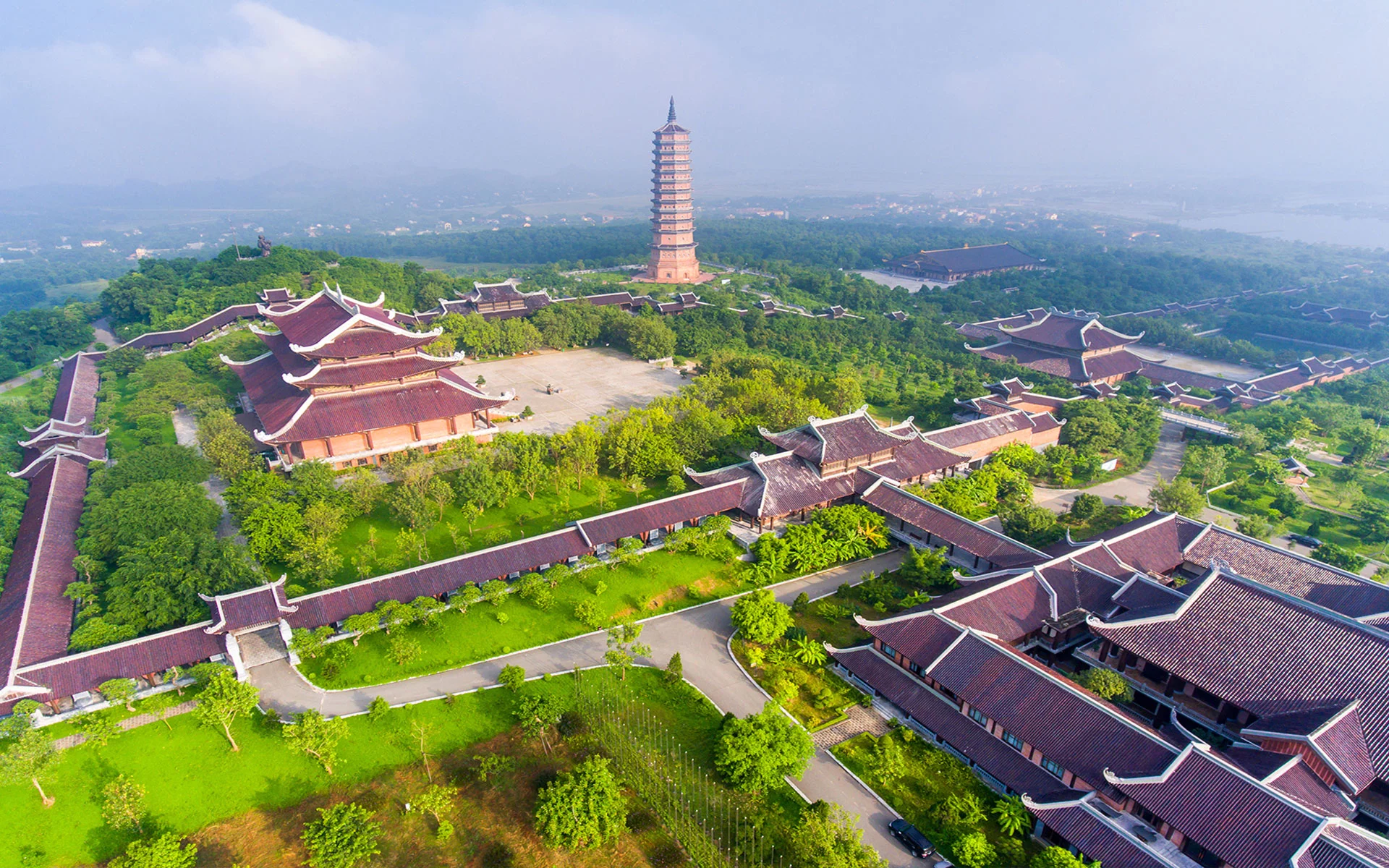
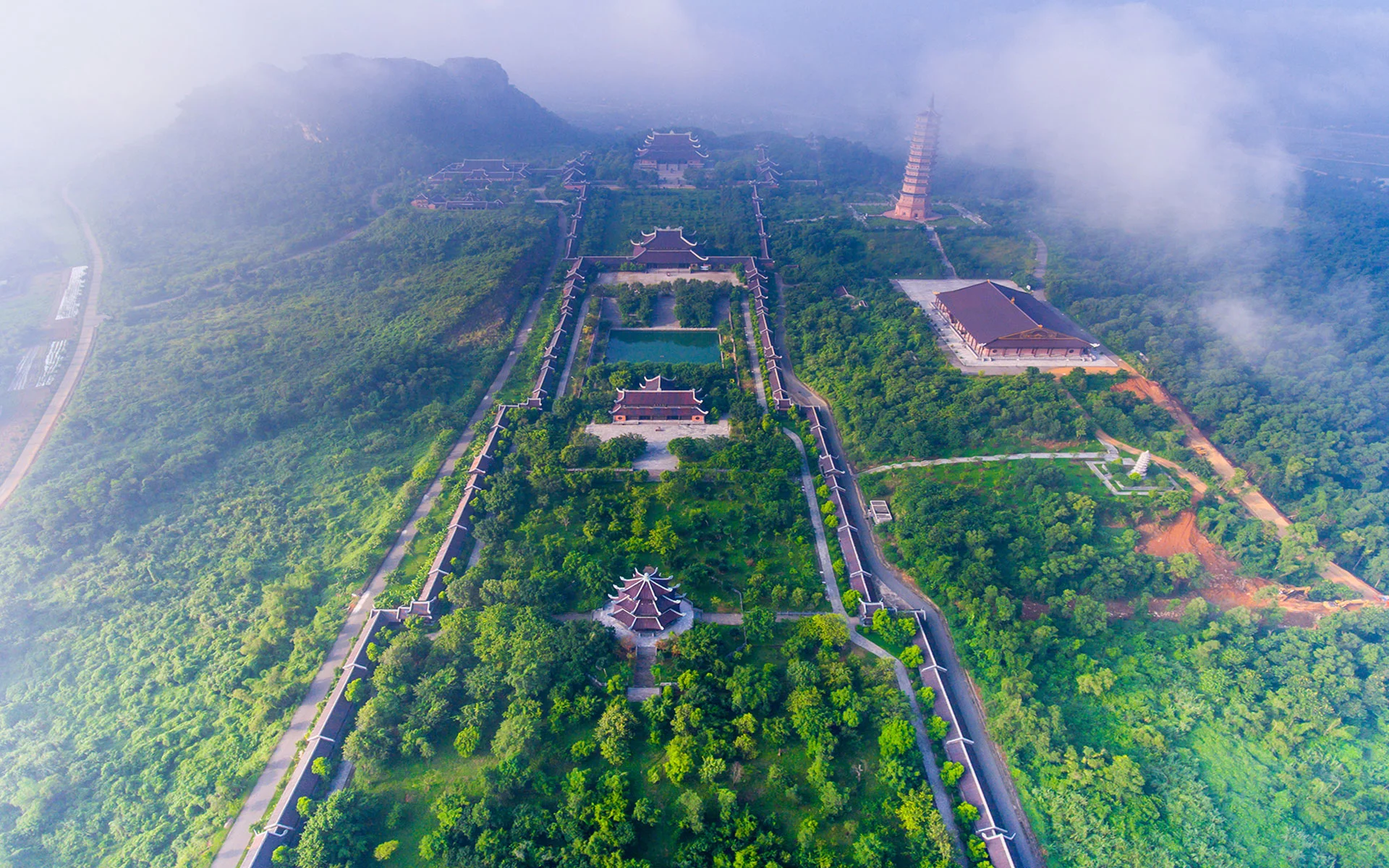
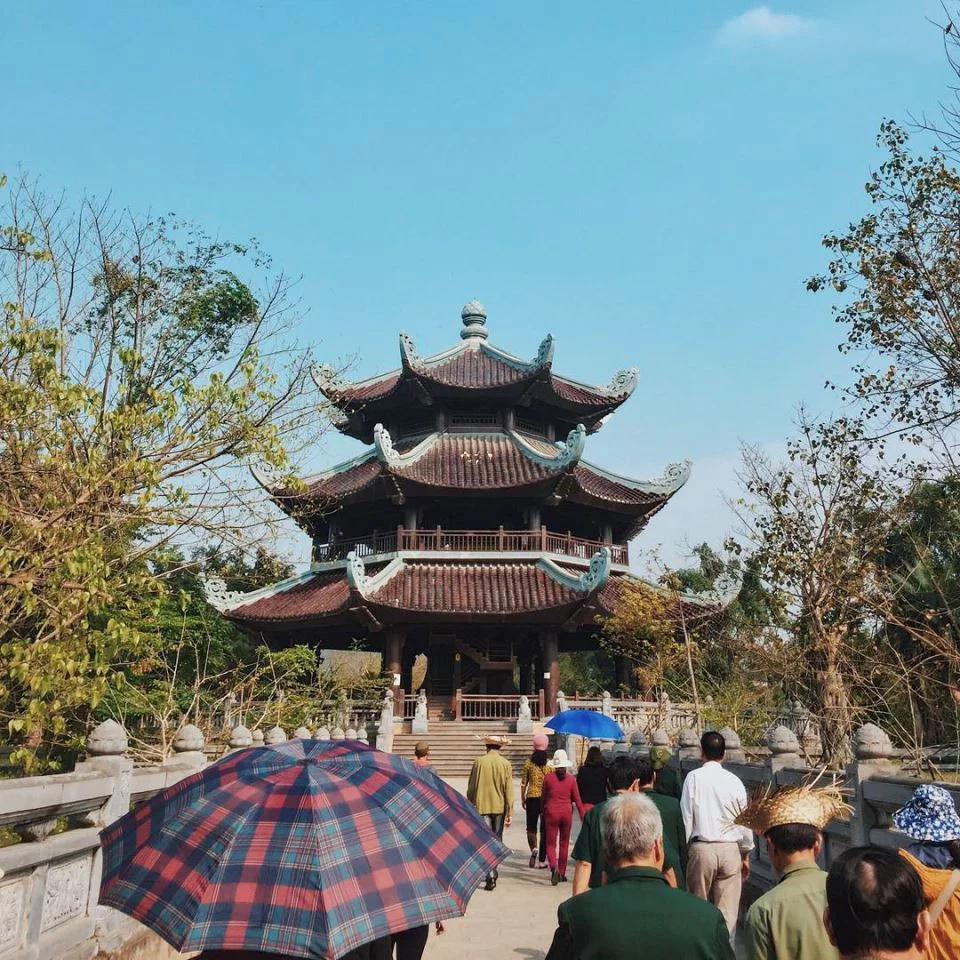
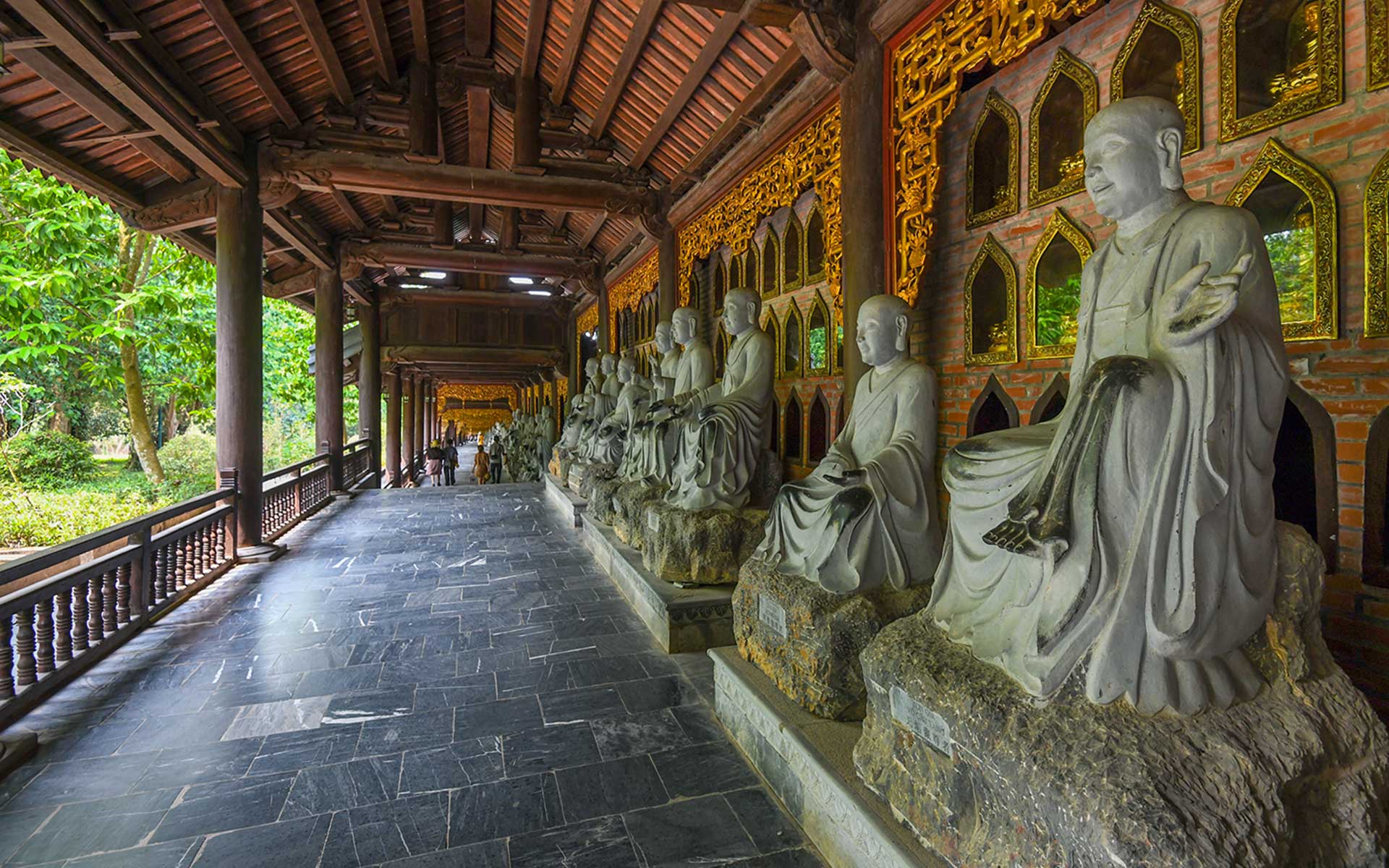
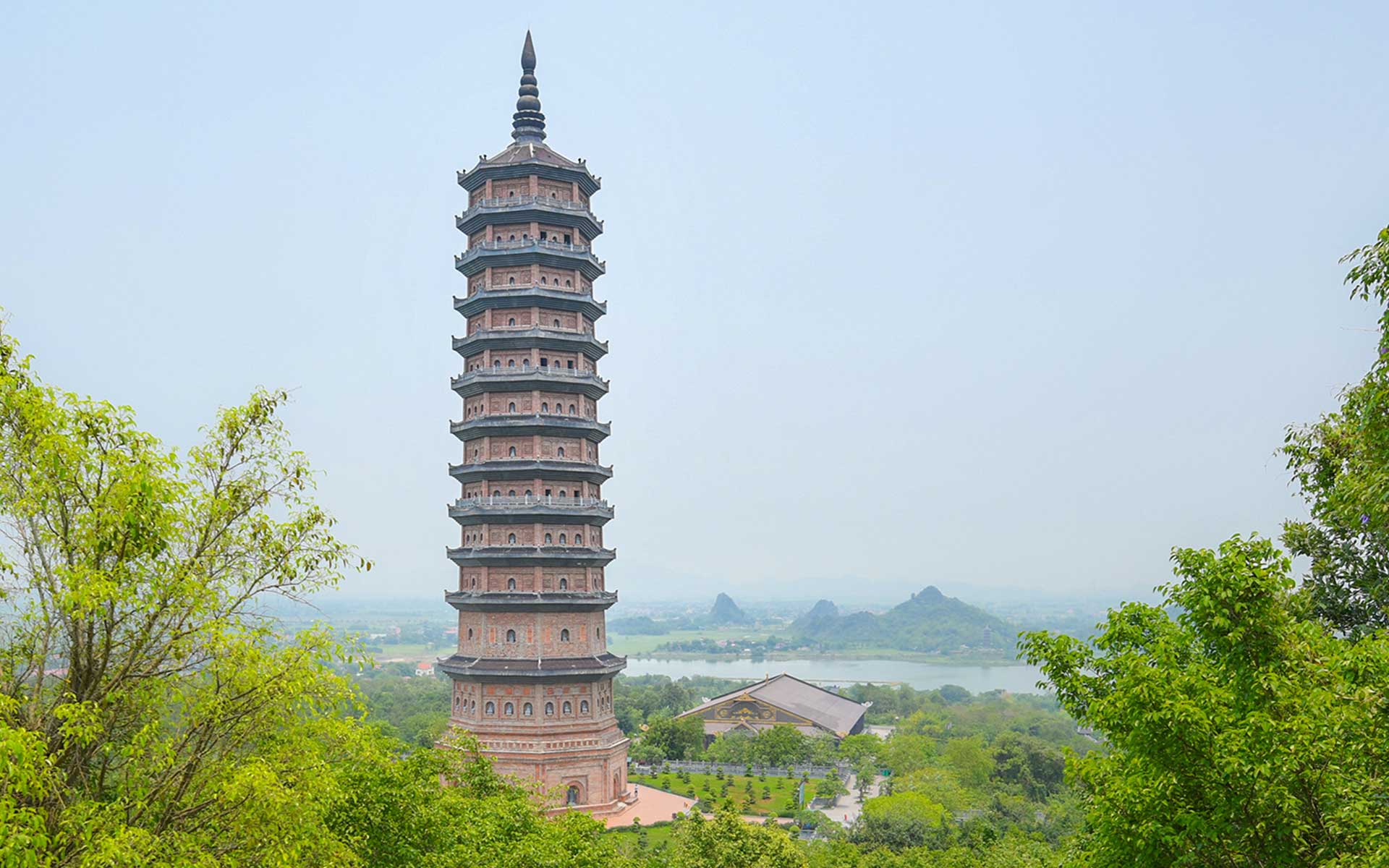
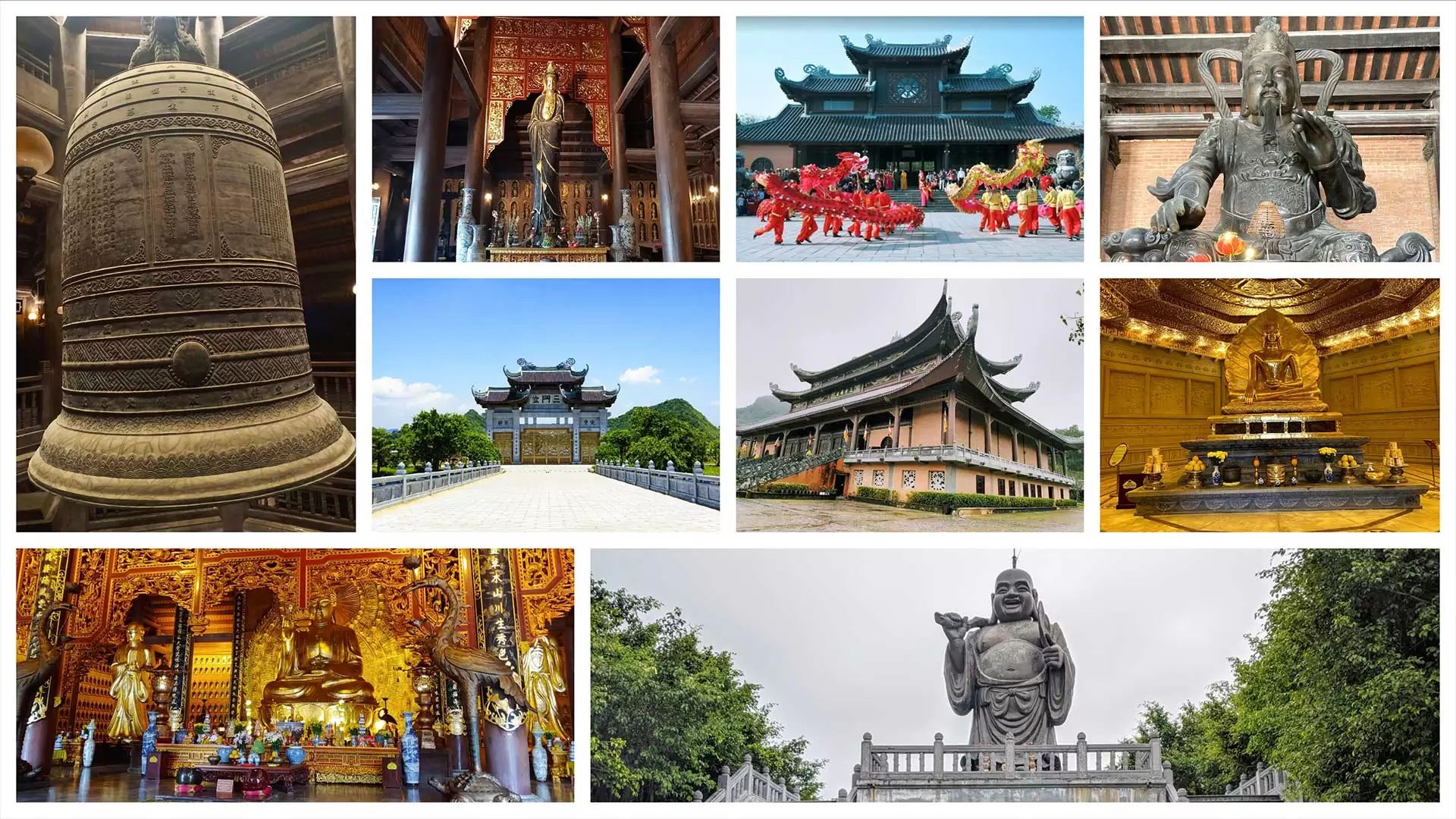
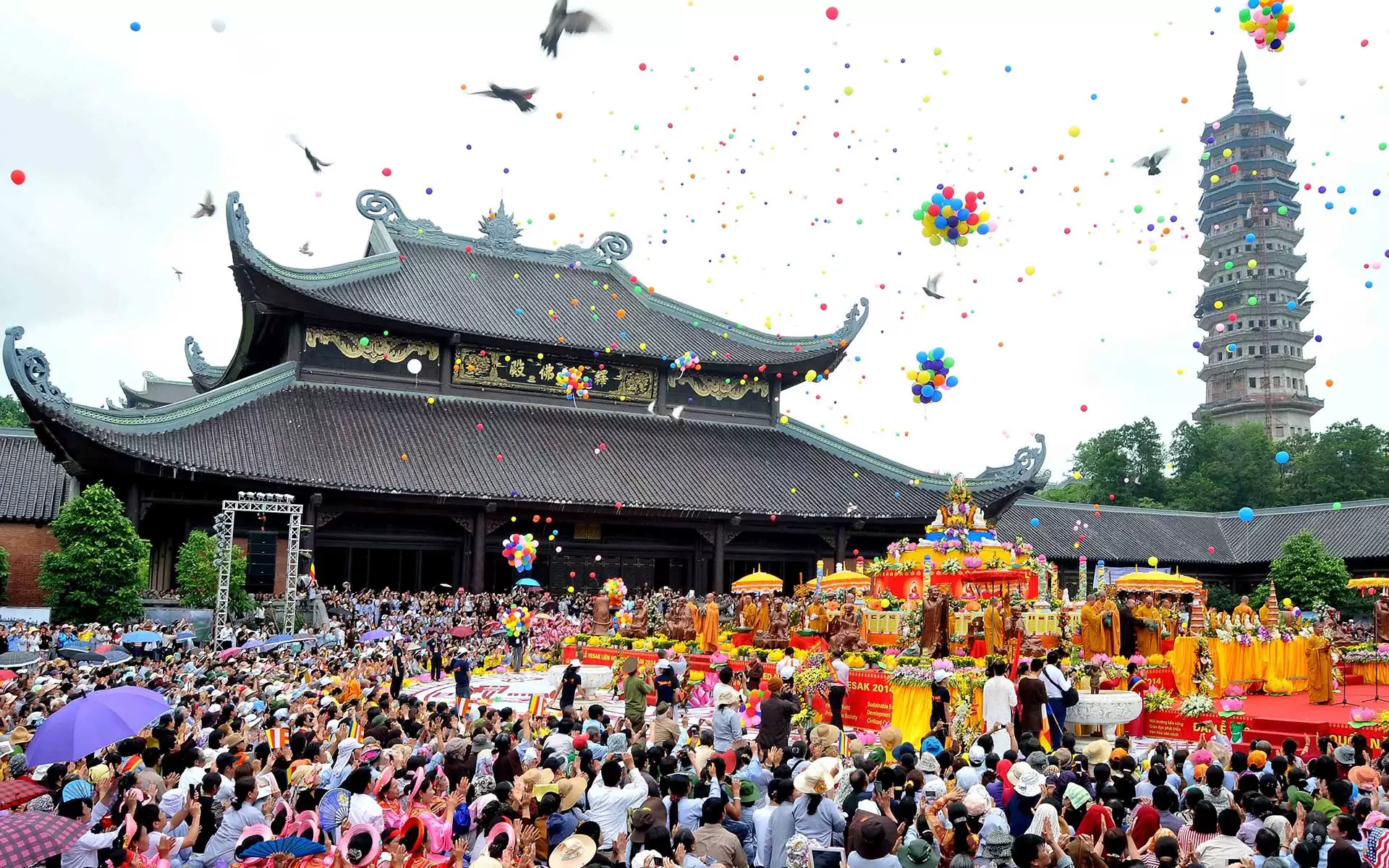
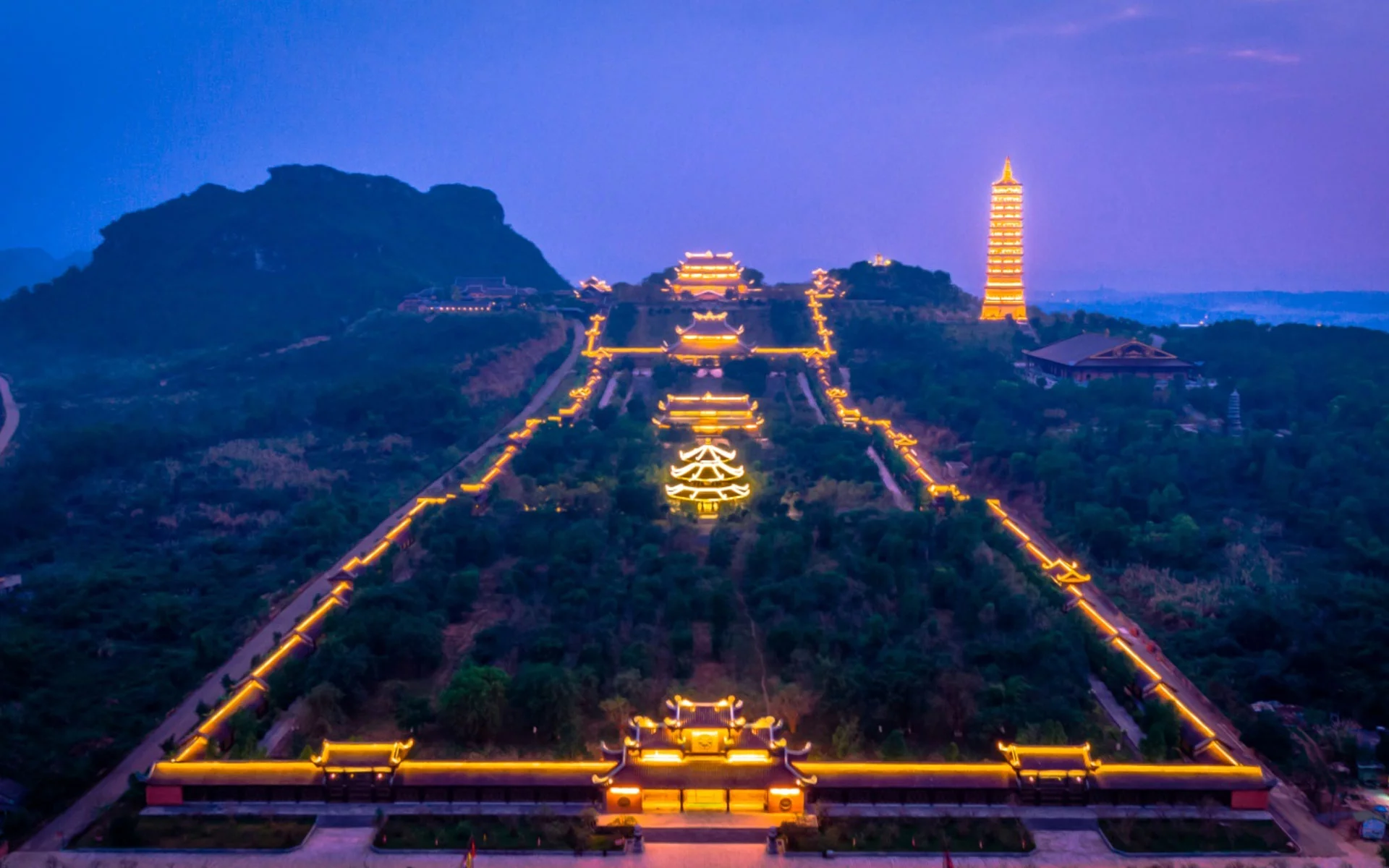


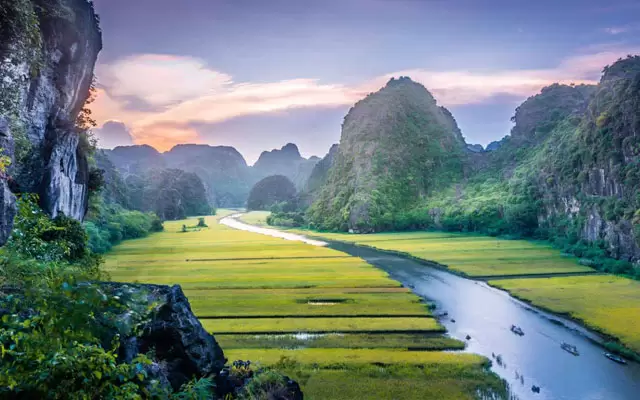
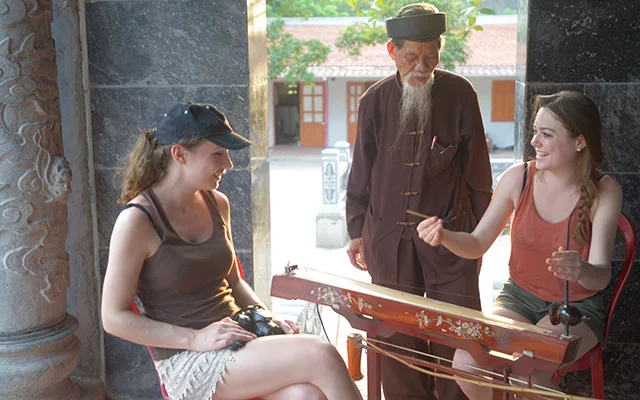
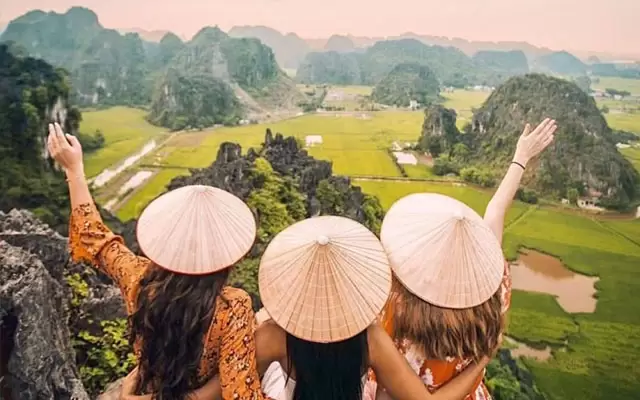
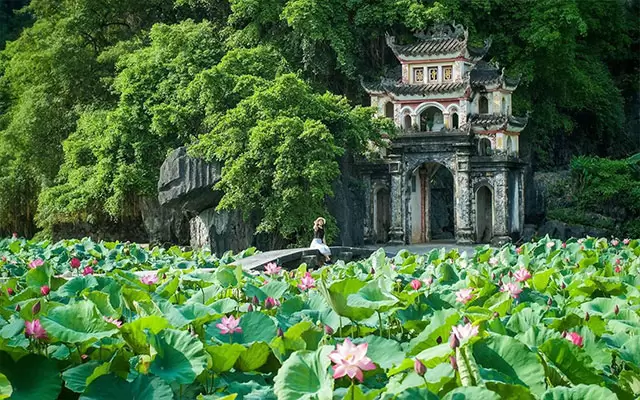





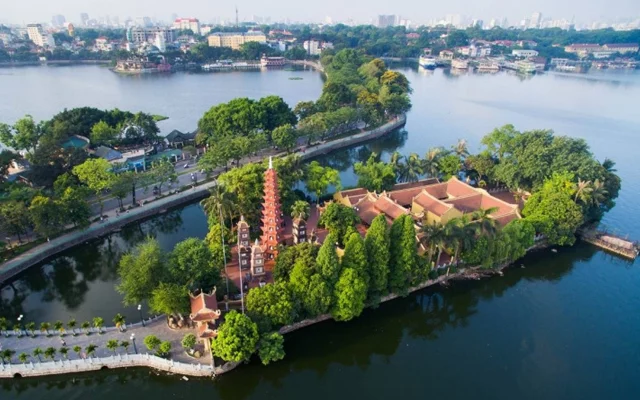
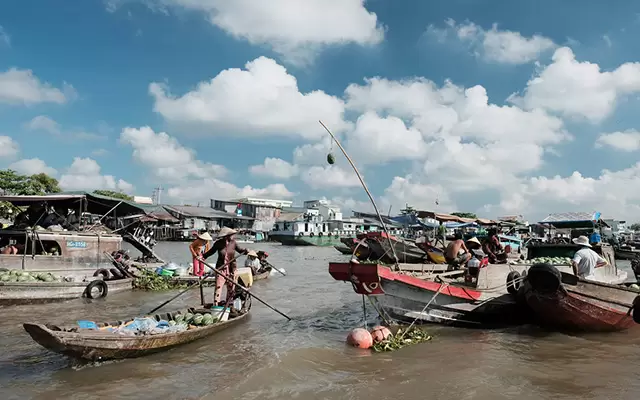
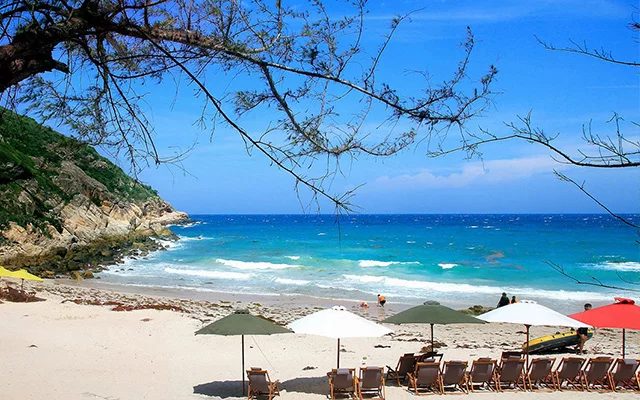
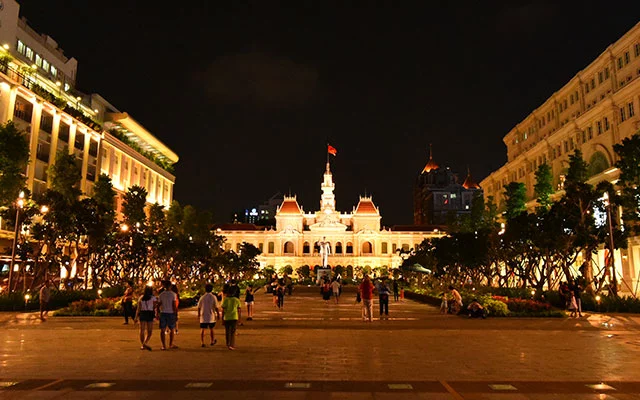
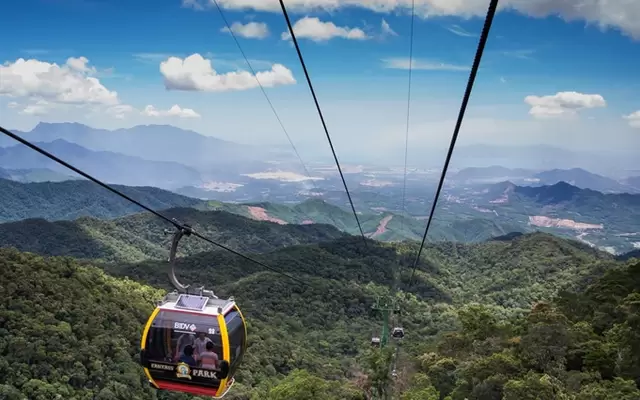

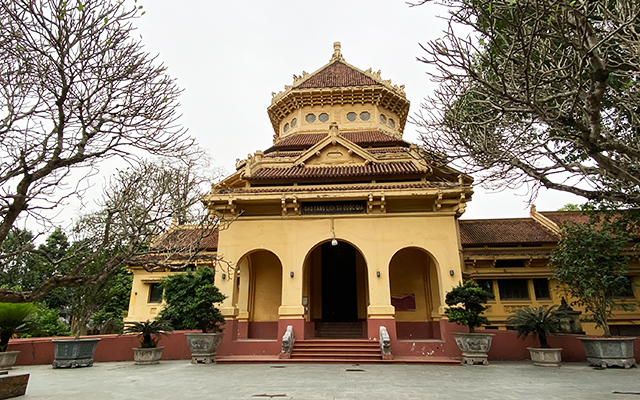
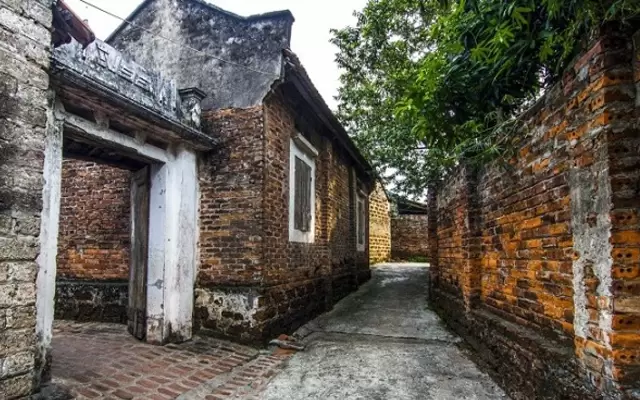
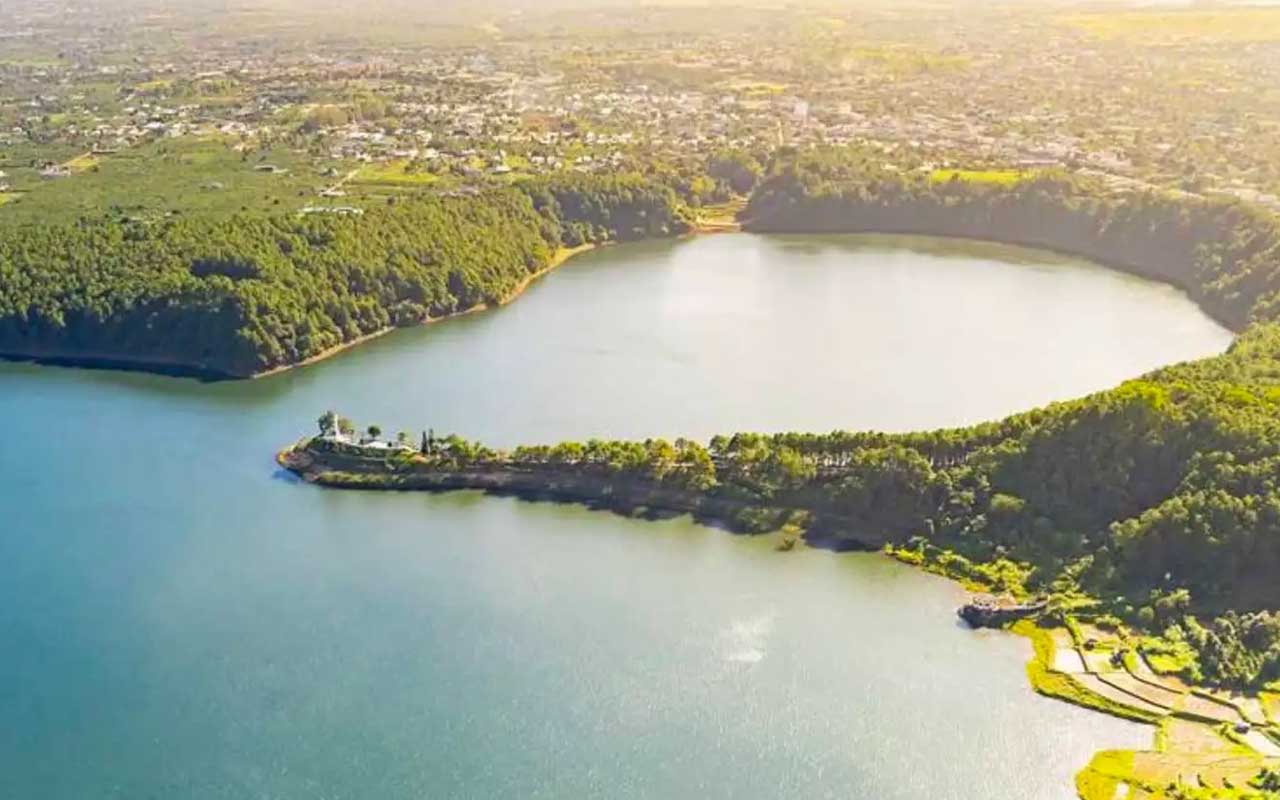

One of the most impressive temple complexes I have seen. A magical experience that will take at least half a day to see. I would recommend it to anyone, the scale of the monuments as well as the diversity of the site makes it a must-see stop for anyone visiting Vietnam.